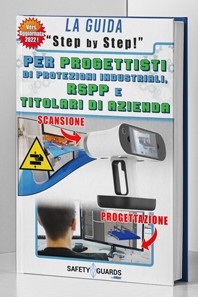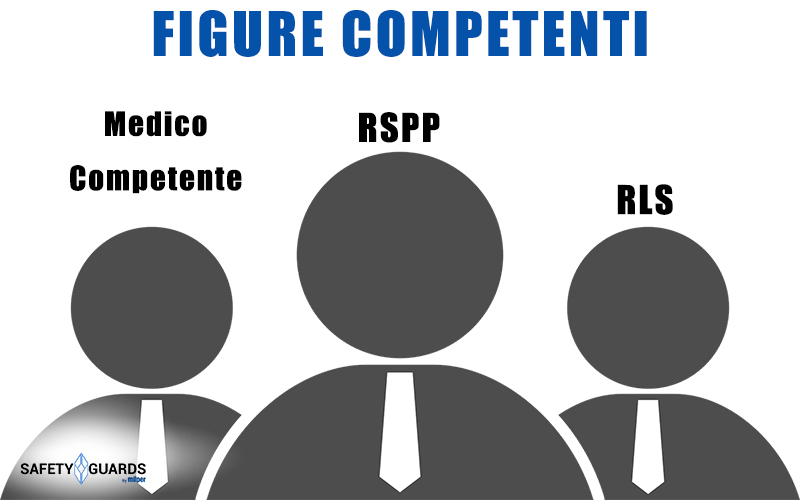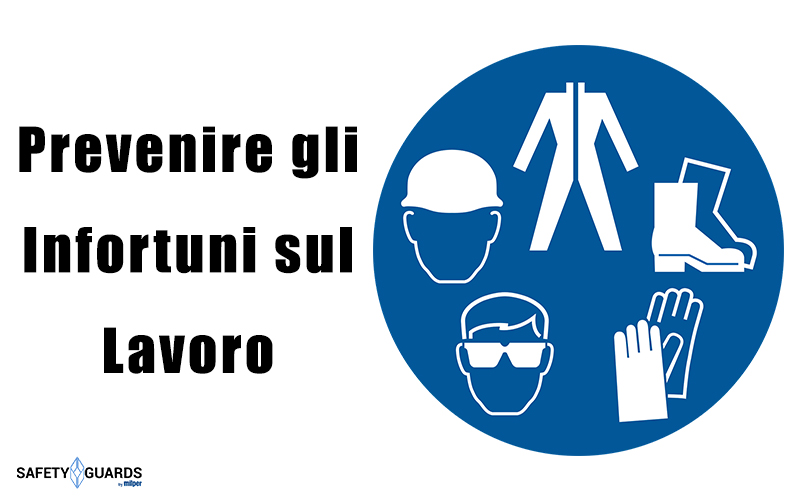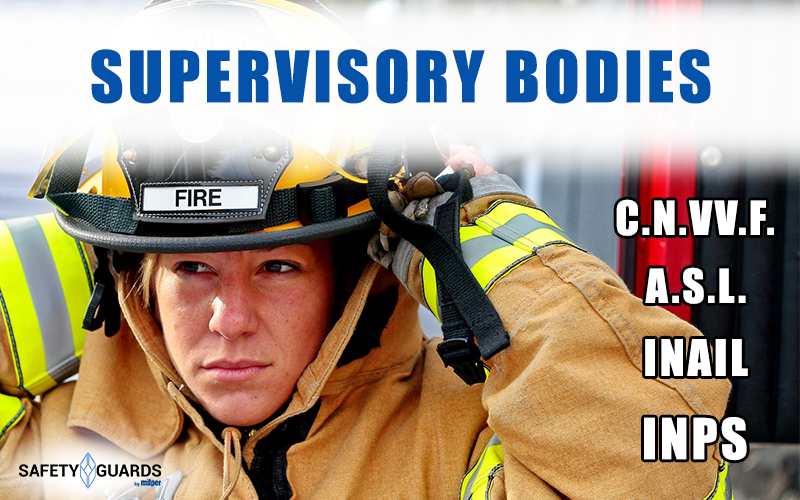WORK SAFETY SUPERVISORY BODIES
INDEX
1. WHAT ARE THE SUPERVISORY BODIES
2. THE PUBLIC SUPERVISORY BODIES RESPONSIBLE FOR OCCUPATIONAL SAFETY.
3. THE SUPERVISORY ORGANS CONTROL AND ASSISTANCE IN THE FIELD OF OCCUPATIONAL SAFETY.
4. ACCIDENTS AT WORK
WHAT ARE THE SUPERVISORY BODIES
The cornerstones of the Technical Standard concerning the suit of the
Safety at Work.
, are entrusted to what is enshrined in Articles 12 and 13 of Legislative Decree 81 of 2008. These are the texts that indicate the relevant bodies and outline the specific functions. As much as the Technical Standard seems particularly limpid, the complexity of the subject matter in terms of Occupational Safety takes into consideration some passages in this regard.
It should be premised that the Supervisory Bodies, have the function of assessing responsibility and possible non-compliance in terms of compliance with the requirements inherent to Occupational Safety. In this regard, the definition itself assumes that personnel employed by the Supervisory Bodies and performing control activities may not perform any consulting activities. Detail is crucial in the view of the relationship between the enterprise and the relevant bodies.
Thus, a distinction is made between Supervisory Bodies with direct competence in terms of Occupational Safety and those delegated to monitor compliance in particular cases. Regardless of the specific area of application, compliance monitoring activities on the
Occupational Safety.
, is developed following three specific areas:
- Mentoring towards Employers in order to provide a direct interface between the business reality and the Supervisory Bodies.
- Formal disclosure and notification of the requirements to be put in place, to bring workplaces in line with current regulations.
- Direct control at the expense of agencies and companies, in order to ensure compliance with the Technical Standard over time and prevent the occurrence of Occupational Accidents, in the performance of work activities.
Considering the due premises, supervision regarding the enforcement of regulations concerning Safety in the Workplace is the direct responsibility of the Local Health Authority(A.S.L.), of territorial competence. Likewise, the National Fire Department (C.N.VV.F.), holds the specific competence. These constitute the two main references to be considered in the business production context.
In the specific cases of the mining and quarrying industry, the body responsible for supervision is centralized under the Ministry of Economic Development. In the autonomous provinces of Trento and Bolzano, however, it is the provinces and the region that supervise extractive industries and mineral and thermal water processing environments. Other special cases, are the Maritime Authorities which fulfill the function of Supervisory Bodies, in the port area and on board ships.
The same applies to air health offices in the airport area. The law stipulates that the staff of the Ministry of Labor and INAIL, may also act as the Supervisory Body in the field of
Safety at Work
. It is necessary for the Supervisory Bodies themselves, to inform the relevant service of the territorial ASL. This has value, for example, for major works:
- Building and construction sector, civil engineering such as construction, renovation, demolition, rehabilitation of road, railway, hydraulic and other works.
- Activities that compete the use of pressurized caissons and underwater work.
- Additional activities classified as high risk level.

THE PUBLIC SUPERVISORY BODIES RESPONSIBLE FOR SAFETY AT WORK
Given the main actors in the
Occupational Safety.
it is possible to approach the role and competencies of individual Supervisory Bodies, in the public sphere. Knowing in detail the mechanisms of control and management of Safety in the production environment is essential, both for the Employer and for the main corporate figures involved in the dynamics of organization and control of prevention from Occupational Accidents.
In fact, the Occupational Safety Manager, the employees of the technical department and the Employer are required to actively cooperate with public bodies, regarding supervision from Occupational Accidents. The territorial ASL is the main reference in the management and evaluation of Occupational Safety. The Local Health Authority, in fact takes the lead in setting up the preventive machine in the professional fields.
In fact, the other Supervisory Bodies are required to coordinate with the prevention and control activities of the ASL. Several figures are involved: the occupational physician, health care assistants and prevention technicians. Their respective professional skills guarantee the production realities the prevention, both of Occupational Accidents and Occupational Diseases, the safeguard of hygiene, the vigilance against crimes consumed within the production sectors, the evaluation of any measures resulting from the detection of irregularities.
The Fire Department is another of the actors involved in the prevention of Occupational Accidents and the preservation of the
Safety in the Workplace
. It is the direct responsibility of fire prevention in the production area. The activity by the Fire Department also extends to assessing the existence of conditions for the rapid removal of personnel employed in production areas in case of imminent danger.
They are also responsible for verifying the Fire Prevention Certificate. Article 46 of the Consolidated Safety Act, also recently introduced the mentoring function by the Regional Directorates of the Fire Department for the benefit of manufacturing entities.
Although through more indirect action,INAIL participates among the Occupational Risk Prevention and Supervision Bodies. Roles include:
- Supervision regarding the Compliance of industrial facilities and instrumentation used in the work environment.
- First check against high-risk companies.
- Preparation and promotion of an integrated system of worker protection and support for enterprises.
- Primary prevention by disseminating medical and health knowledge through thematic conferences and seminars.
- Promotion of systems of organizing the
Safety at Work.
, which can simplify compliance with the regulations in place. - Management of health activity through collaboration with stakeholders.
The National Labor Inspectorate (INL) is the agency of the Italian government, which is responsible for the protection of Occupational Safety in the workplace. It does not have a direct role in supervisory activities, but it is crucial in organizing the prevention machine. Evaluates that rights to Workplace Accident benefits are recognized, settles interpretive issues through circulars monitors implementation of changes, trains and updates INPS and INAIL.

SUPERVISORY ORGANS CONTROL AND ASSISTANCE IN THE FIELD OF OCCUPATIONAL SAFETY
Management of Occupational Safety is under the direct responsibility of the Employer, as the actor who coordinates the prevention machine within the production unit. The figures of the Prevention and Protection Service Manager(RSPP), the Medical Officer, the Workers’ Safety Representative(RLS) and the Fire and First Aid Officers are involved in the mechanism of organizing Workplace Safety.
The arrangement of the prevention apparatus in the enterprise, may also cover internal Supervisory Bodies. Unlike public Supervisory Boards, these can be formed by the company’s own staff. Competencies and operating methods change, but the common goal of collaborating in bringing production units in line with the directions of the Consolidated Safety Act is retained.
As in institutional Supervisory Boards, the internal one is also responsible for pointing out weaknesses in the application of regulations on
Safety at Work.
. The mode of operation then involves reporting at the territorial ASL, following the attention of RLS and RSPP. The presence of Internal Supervisory Bodies, can be a substantial strength for the business reality.
When considering any production context, an internal supervisory activity can act as a buffer between the
Employer
, l’
Technical Office
, safety managers and institutional supervisory bodies. Constant verification, involves itinere adjustment of plants and facilities. Therefore, it results in a lower impact in terms of resources against a gain in Safety for the entire production unit.
In the example of modular management of Occupational Safety systems, internal supervision allows dynamic adaptation of protection systems by virtue of production needs and adjustments to current regulations. In addition to the Supervisory and Control Bodies, there are assistance and consulting figures in the field of Occupational Safety.
In this regard, it is useful to mention the role of INAIL and the Fire Department, not only in terms of sanctions, but of active information through mentoring activities, with workshops and thematic seminars. These constitute tools with particular inherent potential, especially during the start-up and adjustment phases of facilities. These sources, can be accompanied by the professional management of the Security division by working with an ad hoc prevention consultant.
The control activity is well detailed in Art. 31 of Legislative Decree. 81/08. The verification of Occupational Safety, can be initiated as a result of any specifics such as, for example, the reporting of Occupational Accident, reporting by trade unions, RLS or internal Supervisory Bodies or in case of occupational diseases.
The inspection includes an analysis of the premises, the Accident Protection systems adopted for prevention purposes, machinery documentation and Safety certifications produced by the company under attention. This is reported in an advisory record of the inspection. Responsible for any noncompliance are therefore, the Employer, the Competent Doctor, the managers and the persons in charge of Occupational Safety(RSPP / RLS).

ACCIDENTS AT WORK
The whole machinery of the
Occupational Safety.
, involves collaboration between companies and Supervisory Bodies to limit trauma to workers and users. The operation of this combination, aims to reduce Occupational Accidents to zero. Although this is the target audience, it is good to detail the topic to ensure all appropriate protections.
The law defines Occupational Injury as the traumatic event, resulting from a violent cause and related to the performance of work, from which an injury results that prevents the person from working for more than three days. Occupational Accident, corresponds to a traumatic event involving direct consequences on the health or life of the worker.
The event must be directly related to the work activity and the worker’s commute from the home to the workplace. The worker’s insurance protection obligation applies, the instrument guarantees specialized health care services and allows compensation proportionate to the severity of the injury. This all follows a process through the opening of the injury file.
Although they belong to Occupational Safety, it is good to distinguish the concepts of Occupational Accident and Occupational Disease. Occupational Injury is an acute and violent deterioration of the worker’s health condition. Occupational disease is traced to continuous exposure to an occupational risk factor that produces, in the long run, the alteration of the worker’s health status.
The example of failure to comply with noise protections by means of isolation systems(Acoustic Cabins) in the case of noisy machinery is recurrent and topical.
- A worker who does not adopt sufficient preventive protections will face an occupational hearing loss disease.
- What is different, however, is when, due to a blast or noise event near the workstation, the worker is exposed to a mechanical stress such as to produce an eardrum injury.
The former case describes occupational disease, while the latter case is Occupational Accident. Both will produce prerequisites for a report to the Supervisory Bodies of non-compliance with Occupational Safety regulations.
The management of the Work Accident is linked to a specific process. Following the acute event, the worker is required to forward the medical certificate, issued at the first intervention, to the Employer. The same worker must undergo an examination by the Medical Officer in charge at the INAIL outpatient clinic, here a medical certificate of extension or closure of the injury will be issued to be forwarded to the Employer.
It is the Employer’s precise responsibility to report the Work Accident if the worker’s days of prognosis are more than three. The Employer is required to submit the relevant form to INAIL within two days of receiving the medical certificate from the worker. Otherwise, the omission is administratively sanctioned. Different is the case of theWork Accident of the self-employed worker, the delay of the communication results in the non-recognition of the benefit for the days prior to the communication.


